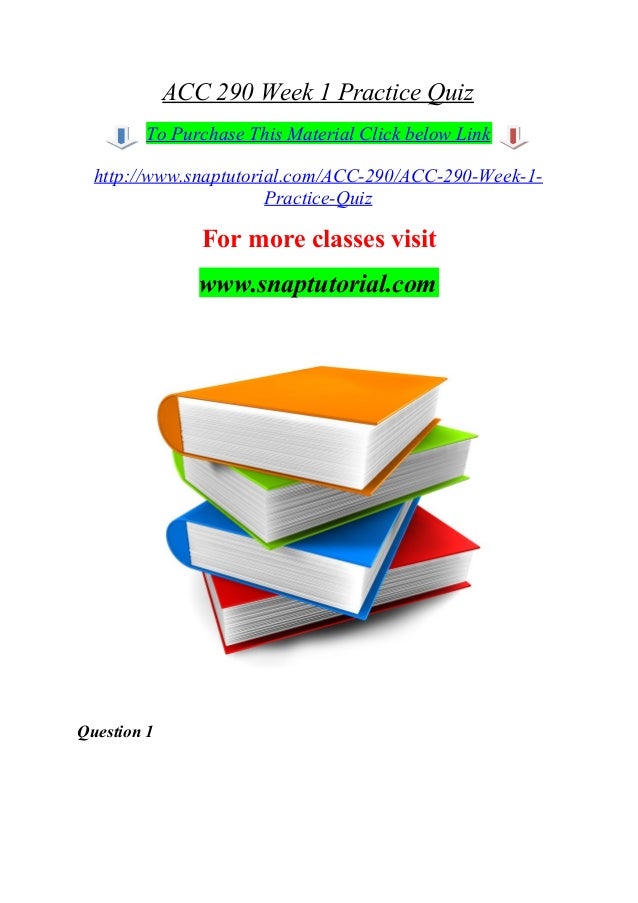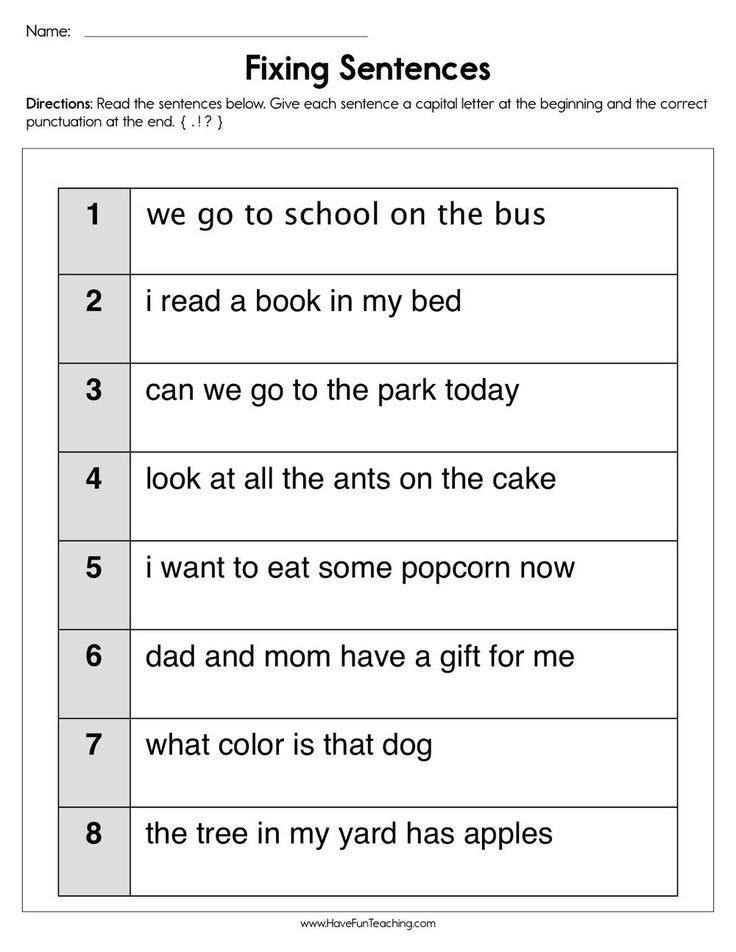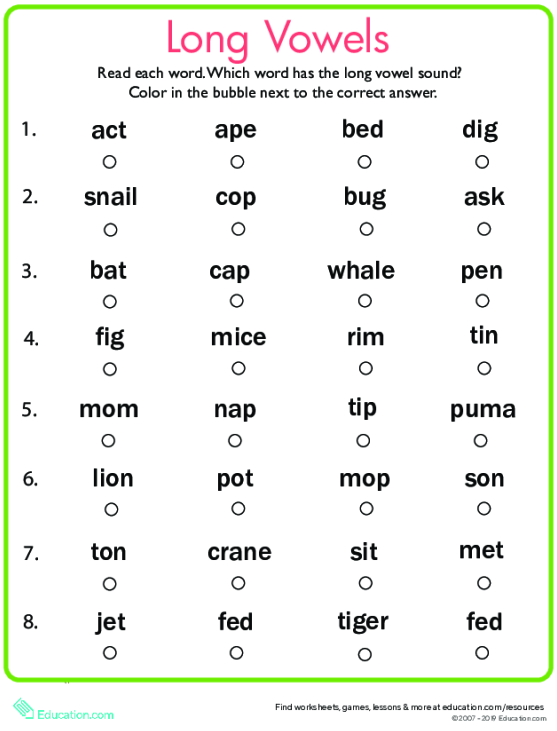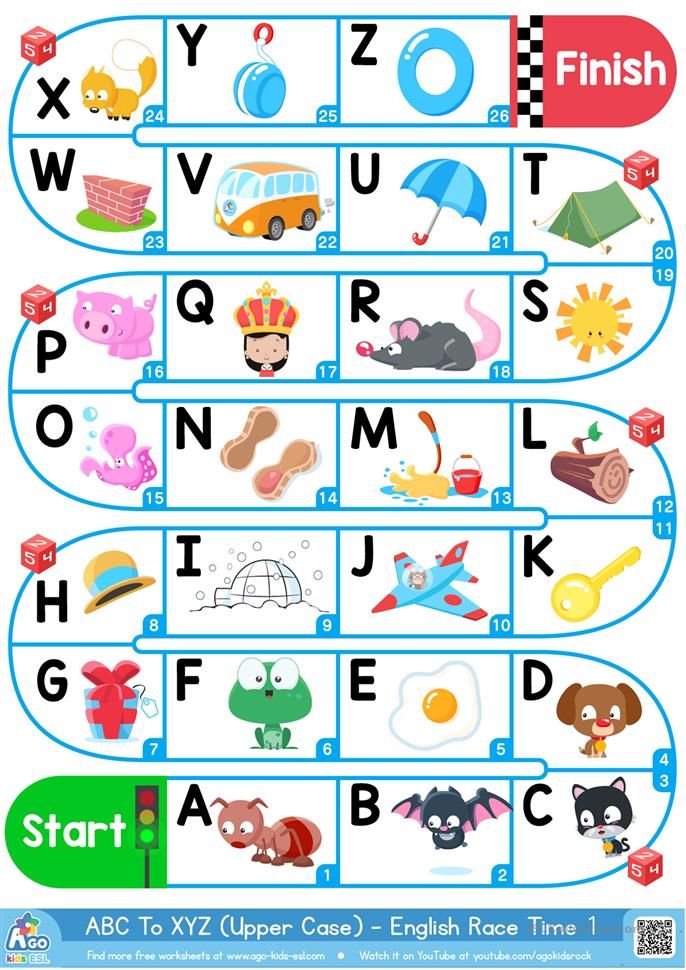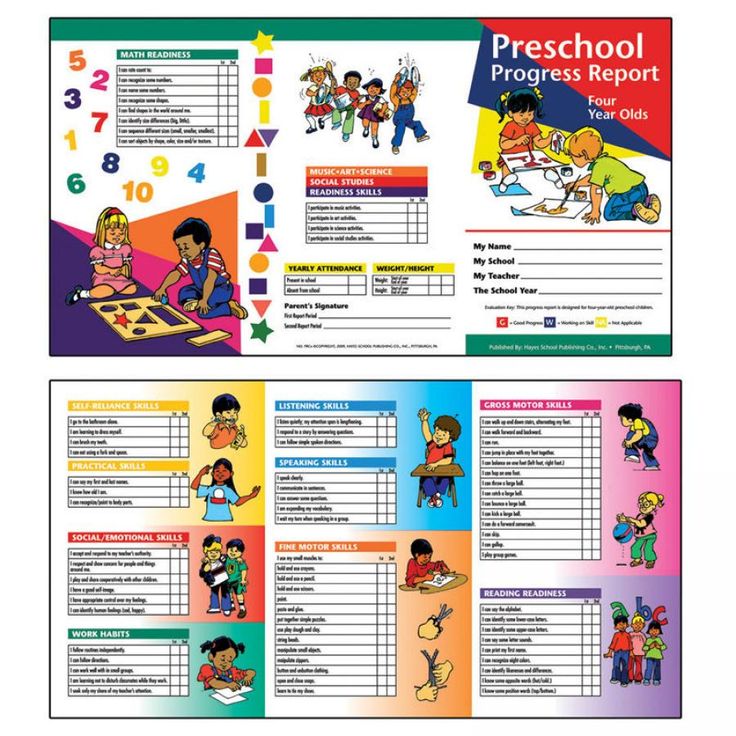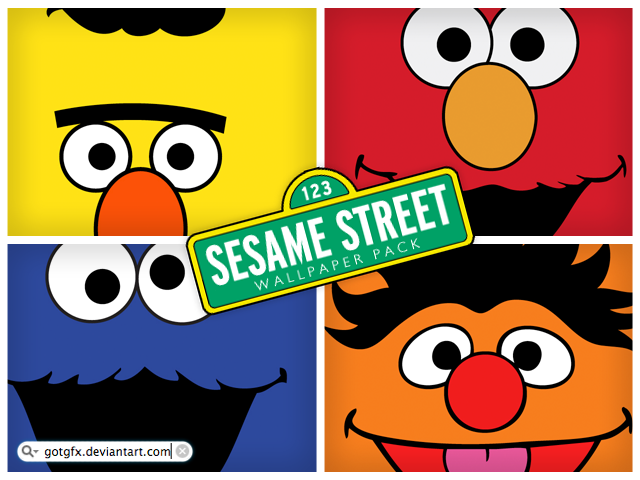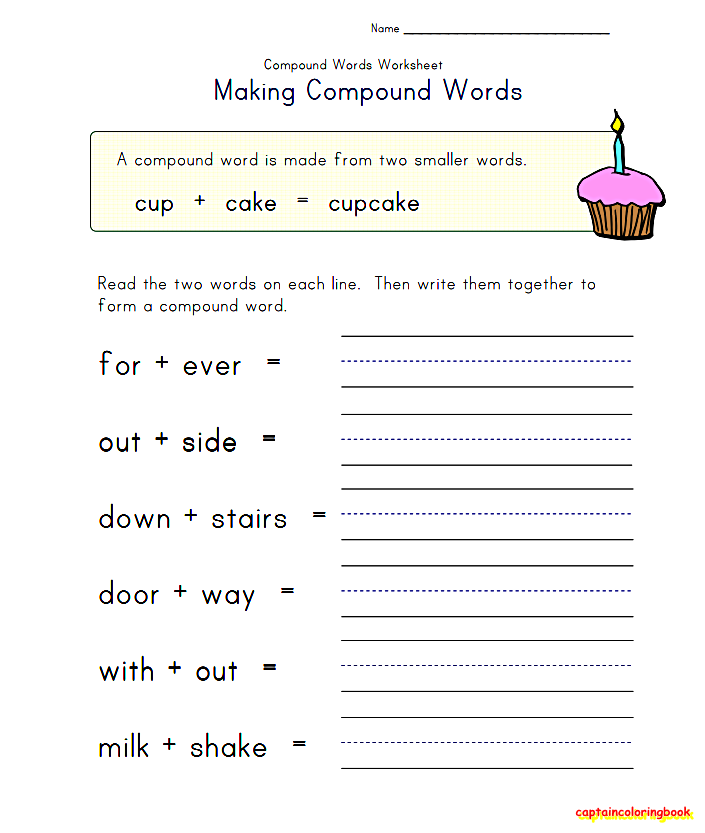Define emergent reading
What It Is And Why It’s Important
What Is Emergent Literacy?
Emergent literacy is the stage during which children learn the crucial skills that lead to writing and reading.
Literacy builds on the foundations of language to include the advanced ways in which we use language to communicate — primarily through reading, writing, listening, watching, and speaking with one another.
Components Of Emergent Literacy
Emergent literacy is made up of several different parts. Your child will encounter these essential components as they begin to explore reading. They include:
- An interest and enjoyment in print — handling books and relating them to their stories or information.
- Print awareness: how to handle a book, reading from left to right. Your child recognizes pictures and some symbols, signs, or words.
- An interest in telling and listening to stories. They attend to, repeat, and use some rhymes, phrases, or refrains from stories or songs.
- They make marks and use them to represent objects or actions. An understanding that words are made up of letters, recognizing letters when they see them.
- Your child comprehends meaning from pictures and stories.
And the list goes on! Really, emergent literacy components help your child understand the basic tools they’ll need to read all sorts of books and other materials in the future.
Why Is Emergent Literacy Important?
Almost every skill we learn in life requires some preliminary learning in order to finally achieve mastery. For example, you probably didn’t wake up one day knowing how to make pancakes (although if you did, we would love to learn your secrets!).
Instead, you first had to learn what ingredients you needed, how much to measure each item, how long to cook the batter, and so on.
Reading and writing require these same preparatory steps, also known as emergent literacy.
Emergent literacy preps your child’s brain with the skills they’ll need to learn how to read. And while this may sound complex, many emergent literacy skills develop naturally!
And while this may sound complex, many emergent literacy skills develop naturally!
When your child points at something and you follow their direction or when you call their attention to noises, objects, or people in their surroundings by speaking to them, you’re helping your child develop emergent literacy skills.
You’re helping them acquire the same tools they’ll incorporate into their future learning, from reading their very first storybook to writing a master’s thesis.
Supporting Your Child’s Emergent Literacy Skills
Here are some fun and easy ways you can stimulate your child’s emergent literacy skills at home.
Read Aloud
Reading aloud is the most effective way for a child to learn to love books and the power of stories. Loving to read begins with loving to listen to stories!
Our team at HOMER believes that investing in read-aloud sessions with your child substantially improves many of the skills they need on their lifelong reading journey.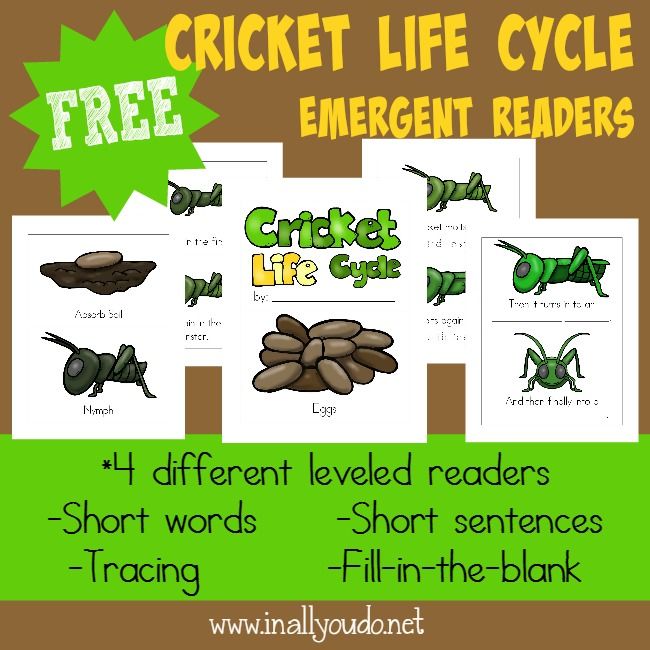
For emergent readers, there are few things more wonderful (or effective) than sitting down with mom or dad and uncovering the worlds that live between the covers of a book.
With you as their guide, your child will grow more confident and reassured as they gradually learn about the things they love (like how many different types of dogs exist or how the sky makes rainbows).
Reading aloud to your child also helps strengthen their imagination and build their curiosity. While listening to you recount the wonderful world inside of a story, your child’s mind will be actively running through images, scenarios, and all the colorful possibilities that lie beyond the page.
Reading aloud is one of the easiest, most rewarding ways for you to bond with your child while helping them learn. Consider that by reading aloud to them and encouraging their participation, you are empowering them as learners.
Additionally, you will reap the benefits of understanding their interests more deeply, engaging with their budding imagination, and instilling confidence in their learning process.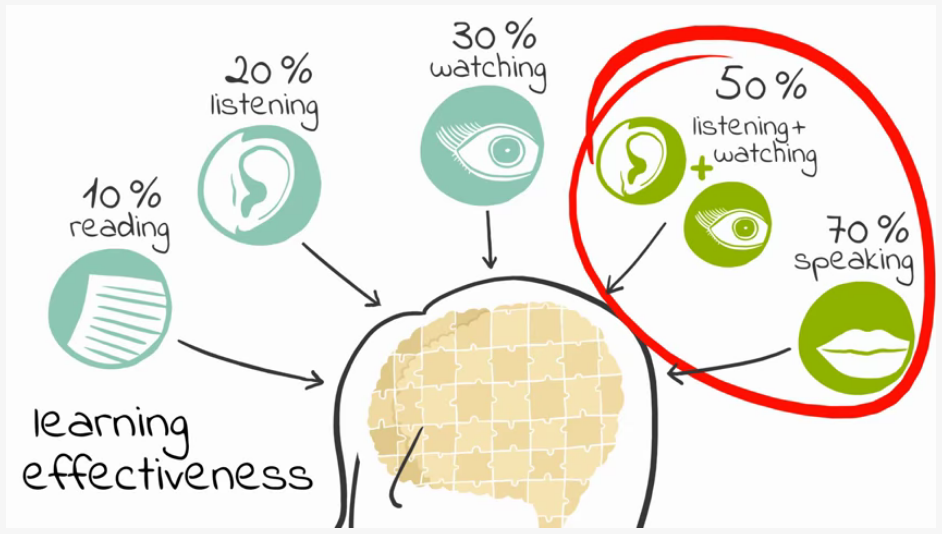
Let Your Child Take Charge
As your child grows, their sense of independence and autonomy continues to develop. While we know these early years are precious, we also know you’re hopeful your child will grow into a strong, independent learner who reads well and frequently.
Allowing your child to assert their unique personality and independence every now and then can be beneficial in engaging their emergent literacy skills.
These moments may seem small at first, but even the simplest freedoms in your child’s routine can have huge impacts on their individualism! It’s all about allowing your child to exert a certain amount of control over their reading time.
For example, instead of you turning the pages during your reading time together, allow your child to dictate when the pages should be turned. This may take some getting used to for them as they learn the pace of reading aloud in conjunction with the words they see printed.
You can also let them experiment with narrating! Even if your child cannot read yet (we know they’re called emergent readers for a reason!), allowing them to use their toddler-talk through the story shows them that they will read one day not far away.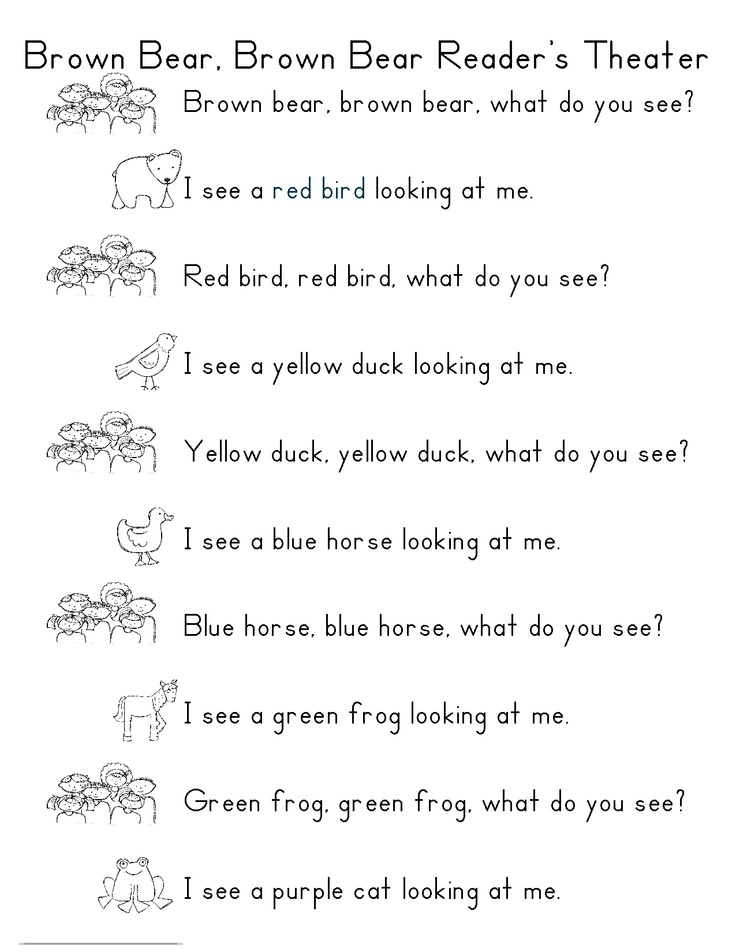
Finally, letting your child pick out the book you’ll read together is a great way to engage their sense of independence. It gives them something to look forward to while reading with you and also gives you insight into their interests.
If you find your child keeps reaching for the same book multiple times, don’t worry — rereading is highly beneficial, too!
Take Your Time
Don’t be afraid to slow it down for your child while you’re reading together, or even just in your daily speech.
We know we’re all guilty of it. For so long, our babies aren’t sure how to “properly” talk back yet, so there may be the occasional time when we find ourselves mumbling to our baby without really engaging them, or simply saying nothing at all!
Taking time to be more conscientious of the ways in which you talk to your child, especially in their very young years, can help them gain the skills they’ll need to read, speak, and write.
Especially when reading together, there’s no need to rush! We recommend taking your sweet time. Even if it’s just with one page of a book at a time, slow down and ensure your child is engaged.
Even if it’s just with one page of a book at a time, slow down and ensure your child is engaged.
Consider these questions:
- Does your child recognize every animal on a page?
- Do they know what color this character’s hair is or whose hair it resembles in your family?
- Do they know what sound a truck makes?
- When you say the word “surprise,” does your child react in a way that conveys understanding (throwing their hands up in exclamation or even clapping)?
Addressing these questions can help you and your child slow down and take in all the details that are in a story.
Keep The Conversation Going
If you like the idea of our last emergent literacy strategy, this one pairs perfectly with it!
We know half of the adventure in helping your child learn to read is figuring out what gaps in their understanding still need to be filled. The other part of the journey is keeping them engaged and interested and seeing how far your conversations with one another can go!
As your child expands their vocabulary and begins utilizing it, we encourage you to elaborate on the things they may point out to you.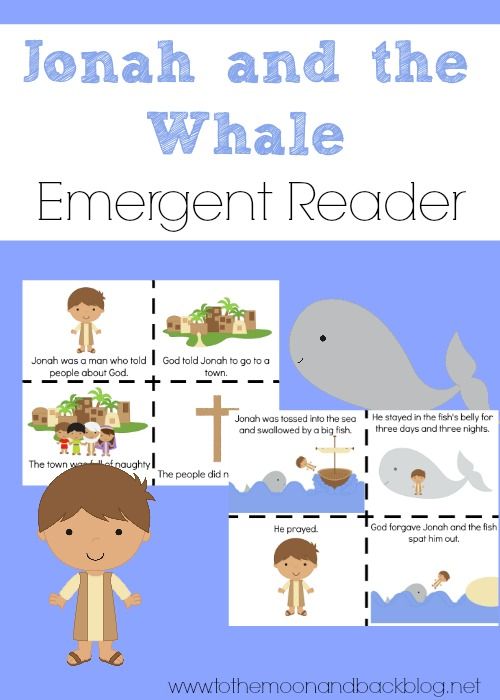 For example, if you’re walking together and they see a dog, they may point at it and say, “puppy!”
For example, if you’re walking together and they see a dog, they may point at it and say, “puppy!”
In any scenario like this, following up their observation with a cheer is great. Following up with more questions is even better! After affirming they saw the right thing (or correcting them if they mistakenly called it a kitty, for example), ask them about details and descriptions.
You could say, “Does this puppy have long ears? Yes, he does! Feel how soft his ears are. Isn’t his fur shiny, brown, and so soft? What a cute puppy.”
Injecting these details and descriptions into your conversations might feel silly, but it helps your child immensely!
By expanding on the image they identified, you’re directly contributing to their understanding of the scene in front of them. The next time they see a puppy in a park, they may take your lead and say, “Look! A big puppy!”
This progress shows that your child’s emergent literacy is growing!
Let Your Child “Write”
Emergent literacy incorporates writing as well as reading. This may sound a little crazy — how can your child write if they don’t know how to read yet?
This may sound a little crazy — how can your child write if they don’t know how to read yet?
While your child may not be able to correctly write out words, we certainly encourage you to let them try! Even if it’s just scribbling, allowing your child to practice “writing” gets their brain going in the right direction.
It also prepares them for what writing is really like and shows them that they have the power to put words on paper. There are stages of learning how to write, and scribbling is the first step!
Asking for your child’s help with writing out short tasks can boost their confidence and their excitement about learning to write. Good options include grocery lists, birthday cards, get-well-soon cards, thank you notes, or notes for their siblings and family.
Whatever keeps them excited and engaged is a great vehicle for motivating their writing skills!
Emergent Literacy Is Just The Beginning!
We know that emergent literacy is only the start of your child’s reading and writing journey.
While you and your child are probably thrilled at the idea of their eventual independence and confidence when it comes to handling books, it’s going to take some time. And that’s perfectly OK!
Every child is different and will learn how to read and write in their own time. The important part is enjoying the adventures you have together on the way there!
We hope our emergent literacy tips were helpful! If you ever want to change up your routine and explore new ways to touch on these skills, our Learn & Grow app is a great place to start! The personalized practices will give your child the tools they need for their learning journey.
Author
Emergent literacy | Literacy Instruction for Students with Significant Disabilities
“Emergent literacy is not age dependent but is based on experiences with print!”
–Karen Erickson and David Koppenhaver
Who are emergent readers and writers?
Emergent literacy is the term used to describe the reading and writing experiences of young children before they learn to write and read conventionally (Teale & Sulzby, 1986).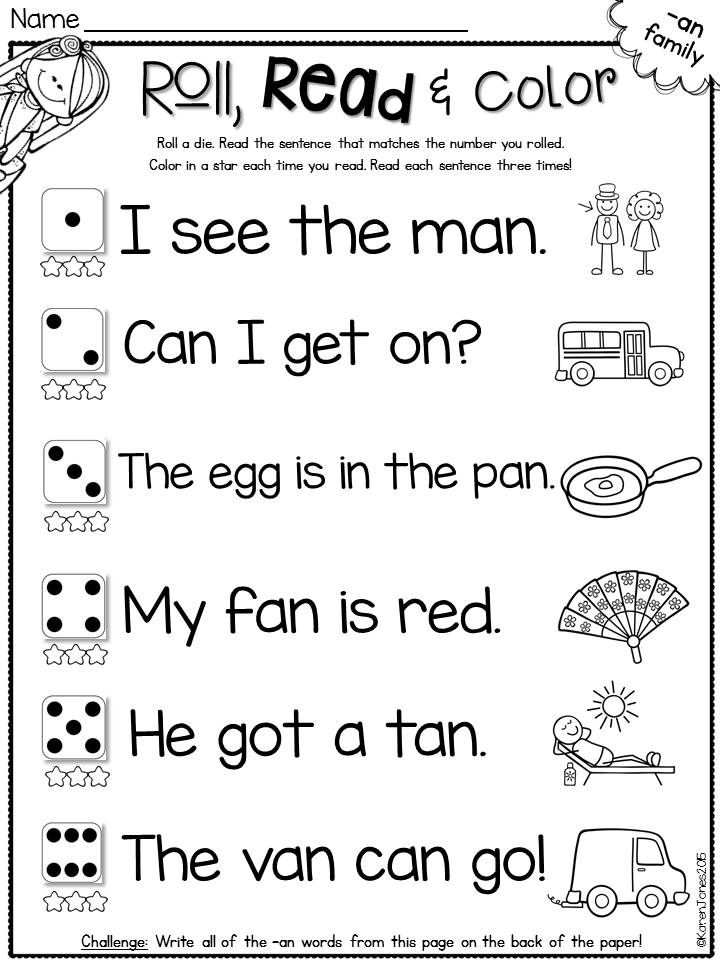 Emergent literacy begins at birth, regardless of whether or not a child has a disability. For older emergent literacy learners, it is important to keep all activities age respectful.
Emergent literacy begins at birth, regardless of whether or not a child has a disability. For older emergent literacy learners, it is important to keep all activities age respectful.
Emergent literacy is commonly defined as the behaviors of reading and writing that lead to conventional literacy and “comprises all of the actions, understandings and misunderstandings of learners engaged in experiences that involve print creation or use” (Koppenhaver & Erickson, 2003, p. 283), and these experiences are not only necessary but closely related to later literacy outcomes (Justice and Kaderavek, 2004).
Emergent literacy behaviours and understandings are directly related to opportunity and experience. Students with significant disabilities often have the fewest learning opportunities and experiences that lead to literacy.
Students who are emerging in their understandings of literacy are working to understand the functions of print and print conventions. Developing phonological awareness, alphabet knowledge, and important receptive and expressive language skills will eventually allow students to use reading and writing to interact with others. Emergent readers and writers are making discoveries and learning about literacy when they explore literacy materials, observe print within the natural environment, interact with conventional readers and writers, and see models of how and why print is used (Teale & Sulzby, 1992). Examples of emergent literacy behaviors may include interpreting a story through pictures rather than through text, manipulating books in nonconventional ways (e.g., looking at the book from back to front or holding it upside down), scribbling, and the use of invented spelling (Clay, 1993; Koppenhaver, 2000).
Emergent readers and writers are making discoveries and learning about literacy when they explore literacy materials, observe print within the natural environment, interact with conventional readers and writers, and see models of how and why print is used (Teale & Sulzby, 1992). Examples of emergent literacy behaviors may include interpreting a story through pictures rather than through text, manipulating books in nonconventional ways (e.g., looking at the book from back to front or holding it upside down), scribbling, and the use of invented spelling (Clay, 1993; Koppenhaver, 2000).
An emergent reader is one who is interested in books but can’t yet read them independently or may be able to read some words but requires continued support to make meaning from print. It could also be a student who is not yet interested in reading books. An emergent reader may have not yet developed intentional or symbolic means of communication.
A emergent writer is one who is learning to use written language to express communicative intent, and beginning writing is defined as starting with emergent writing (drawing, scribbling, and writing letters) and ending with conventional writing abilities, usually acquired by second or third grade for typically developing children. (Strum, Cali, Nelson, & Staskowski, 2012)
(Strum, Cali, Nelson, & Staskowski, 2012)
Regular participation in reading and writing activities plays a central role in supporting typical children’s understandings about print. Research in emergent literacy shows that students with significant disabilities, including those with complex communication needs, can benefit from the same type of literacy activities used with typically developing children but may require more time and opportunity. Regular participation in reading and writing activities plays a central role in supporting understandings about print for ALL students.
Many of the studies and literature surveys the last four decades have a common finding: nothing replaces sound early literacy instruction, even when taking into consideration recent technical advances.
If students with significant disabilities are not exposed to reading and writing materials, how can they learn to use them?
Old assumptions
An emphasis on functional skills, rote memorization, and readiness activities typically take precedence over in-depth literacy instruction (Skotko, Koppenhaver, & Erickson, 2004).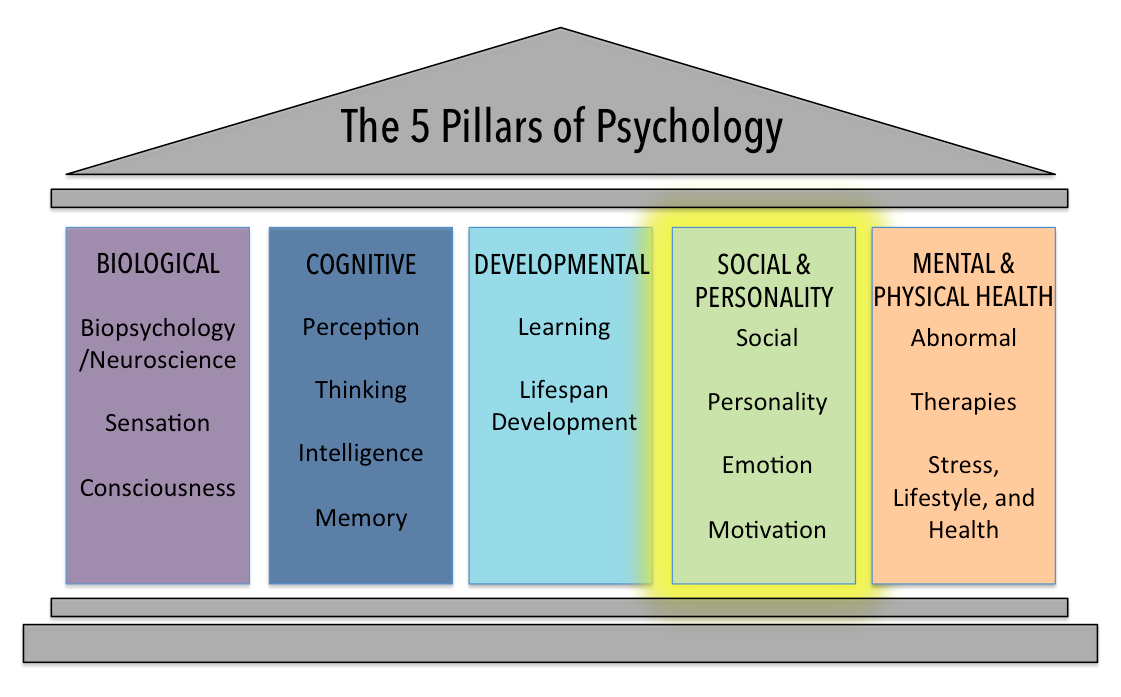 Literacy development for 70-90% of students with significant disabilities rarely approached conventional literacy skills expected for typically developing students (Koppenhaver and Yoder, 1992).
Literacy development for 70-90% of students with significant disabilities rarely approached conventional literacy skills expected for typically developing students (Koppenhaver and Yoder, 1992).
- Literacy is learned in a predetermined, sequential manner that is linear, additive, and unitary.
- Literacy learning is school-based.
- Literacy learning requires mastery of certain pre-requisite skills.
- Some children will never learn to read.
New thinking
Holistic and explicit instructional approaches to balanced literacy that include daily reading, writing, and word study are critical for all learners, including those with significant disabilities (Erickson, Koppenhaver, & Cunningham, 2006; Sturm & Clendon., 2004).
- Literacy is learned through interaction with and exposure to all aspects of literacy (i.e. listening, speaking, reading, and writing).
- Literacy is a process that begins at birth – there are no prerequisites.
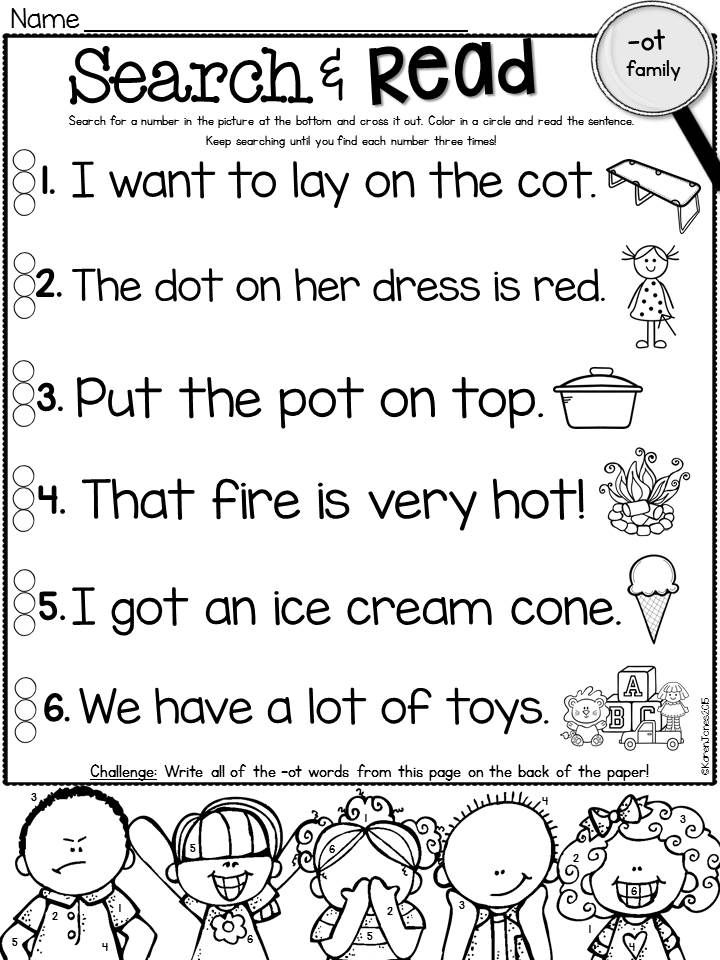
- Literacy abilities/skills develop concurrently and interrelatedly.
- All children can learn to use print meaningfully.
From an emergent literacy perspective, reading and writing develop concurrently and interrelatedly in young children, fostered by experiences that permit and promote meaningful interaction with oral and written language (Sulzby & Teale, 1991), such as following along in a big book as an adult reads aloud or telling a story through a drawing (Hiebert & Papierz, 1989).
Through the concept of emergent literacy, researchers have expanded the purview of research from reading to literacy, based on theories and findings that reading, writing, and oral language develop concurrently and interrelatedly in literate environments (Sulzby & Teale, 1991).
Where can I learn more?
Learning for All – This Alberta resource offers information, strategies and references for school leaders and teachers working with students with significant disabilities. This content was collaboratively developed through Learning for All, a one-year community of practice (2014-2015) for district leaders and consultants.
This content was collaboratively developed through Learning for All, a one-year community of practice (2014-2015) for district leaders and consultants.
Literacy, Assistive Technology, and Students with Significant Disabilities. Karen A. Erickson, Penelope Hatch, and Sally Clendon, Focus on Exceptional Children, Volume 42, Number 5, 2010.
Quick Guide #13 “Supporting Literacy Learning in All Children” by David A. Koppenhaver and Karen A. Erickson (pp. 181-194) in Quick Guides for Inclusion: Ideas for Educating Students with Disabilities, 2nd edition
Research Based Practices for Creating Access to the General Curriculum in Reading and Literacy for Students with Significant Intellectual Disabilities. Karen Erickson, Ph.D., Gretchen Hanser, Ph.D., Penelope Hatch, Ph.D., Eric Sanders, M.S./CCC-SLP, 2009.
Comprehensive Literacy for All is written by Karen Erickson and David Koppenhaver. This is the new version of Children with Disabilities: Reading and Writing the Four-Blocks Way, which was used by the Literacy for All community of practice.
“Literacy improves lives—and with the right instruction and supports, all students can learn to read and write. That’s the core belief behind this teacher-friendly handbook, your practical guide to providing comprehensive, high-quality literacy instruction to students with significant disabilities. Drawing on decades of classroom experience, the authors present their own innovative model for teaching students with a wide range of significant disabilities to read and write print in grades preK–12 and beyond. Foundational teaching principles blend with concrete strategies, step-by-step guidance, and specific activities, making this book a complete blueprint for helping students acquire critical literacy skills they’ll use inside and outside the classroom.” (Published 2020)
Preview Comprehensive Literacy for All here.
Self-organization and emergence. Agile management. Leadership and Team Management
A property of a system that is not reducible to any of its components is called emergent . Your personality is an emergent property of your brain. It cannot be reduced to the work of individual neurons. Similarly, fluidity will be an emergent property of water, and culture an emergent property of a group of people.
Your personality is an emergent property of your brain. It cannot be reduced to the work of individual neurons. Similarly, fluidity will be an emergent property of water, and culture an emergent property of a group of people.
For a property to be emergent, it must satisfy three conditions:
• Supervenience , that is, the disappearance of this property when individual elements are removed from the system. For example, if you remove neurons from your brain, your personality will disappear (we will not check in practice).
• This property is not the result of aggregation , that is, a simple summation of the properties of individual system components. For example, one molecule of water has no fluidity. Therefore, it is not possible to determine the fluidity of water by simply summing the fluidities of individual molecules. nine0005
• An emergent property must have downward causality , that is, in turn, influence the behavior of individual system components.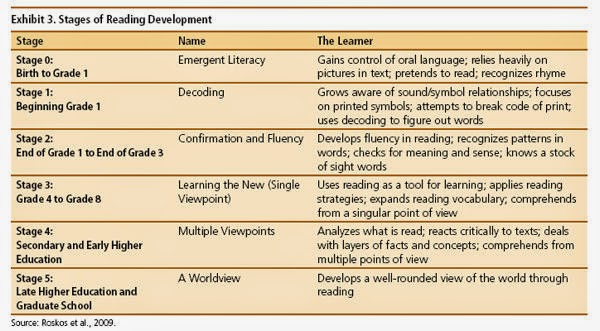 For example, the culture of a group influences the behavior of its constituent individuals.
For example, the culture of a group influences the behavior of its constituent individuals.
To summarize: an emergent property must be global (inherent only in the system as a whole), not reducible to the properties of its components and in turn affecting the components of this system (Fig. 6.2.).
The boundaries of scientific disciplines depend on the levels at which emergent properties begin to appear. So, at a certain level, physics becomes chemistry, chemistry becomes biology, biology becomes psychology, and psychology becomes economics. Each subsequent scientific discipline studies the properties generated by the previous level [Miller, Page 2007: 45]. It also means that each new level has its own laws and dependencies. Psychology is more than applied biology; biology cannot be reduced to applied chemistry, and chemistry cannot be reduced to applied physics [Waldrop 1992: 82]. That is why greedy reductionism does not work . It is impossible to explain broken software by the fact that one of the developers had something wrong in the encephalogram; and if you forget your spouse's birthday, you can't chalk it up to misbehaving atoms or string theory. Trust my experience, it doesn't work - I've tried.
Trust my experience, it doesn't work - I've tried.
There is some confusion and disagreement in the literature about the relationship between self-organization and emergence [De Wolf, Holvoet 2005]. Some scholars define one in terms of the other, while others argue that they are different concepts [Corning 2002]. I agree with Peter Corning that there can be self-organizing systems that do not exhibit emergent properties, and that emergent properties can occur in systems created entirely by humans that are not self-organizing. But all this is nothing more than a matter of definitions. In this book, I use the term "emergence" to refer to "properties of integral systems that result from the functioning of their individual parts, but are not reducible to the properties of these parts" [Corning 2003: 23]. And although this book will not be a self-organizing system, the impression it will make on you will be emergent in nature: it is global, that is, determined by the book as a whole, not reducible to the content of individual pages, and may even have downward causality (for example, after reading you may want to burn this book).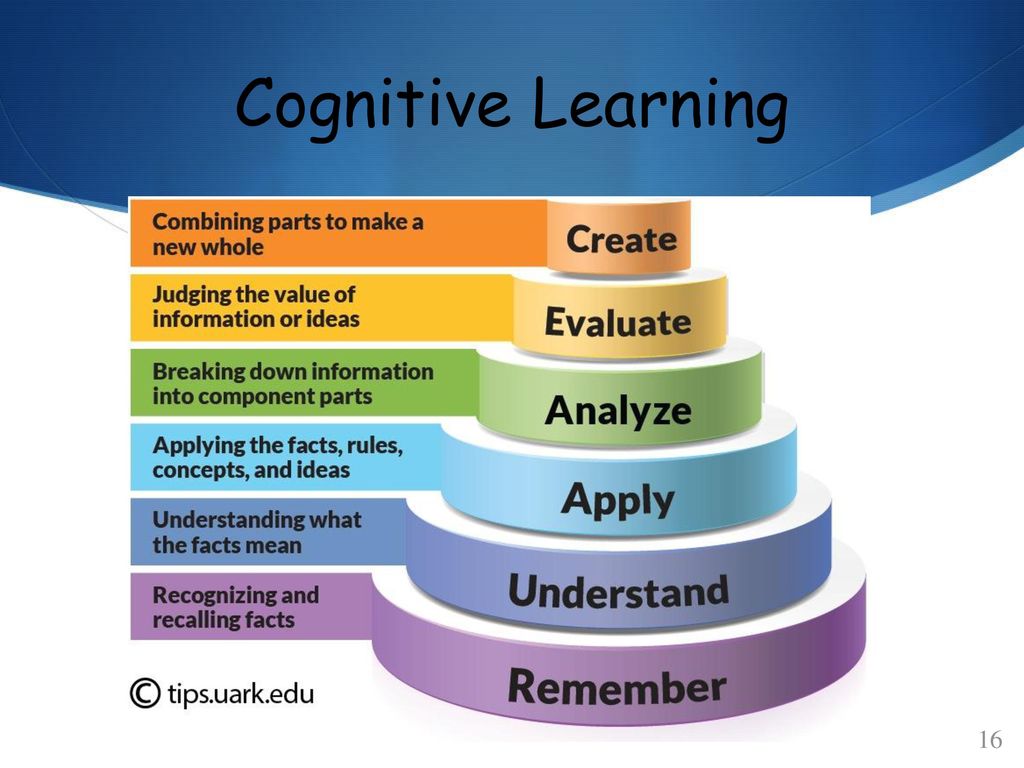 nine0005
nine0005
Connectivity/destructiveness is the main emergent effect that determines the possibility of the existence of social formations
Kreik Alfred Iosifovich
Novosibirsk State University
Associate Professor of the Department of Sociology, Candidate of Sociological Sciences
Abstract
destructiveness” as an emergent effect and determining the functional significance of this emergent effect among others. nine0039
Key words: quality, property, coherence/destructiveness, society, integrity, emergent effect
Craik A.I. Connectedness/destructiveness is the main emergent effect that determines the possibility of the existence of social formations // Psychology, sociology and pedagogy. 2013. No. 4 [Electronic resource]. URL: https://psychology.snauka.ru/2013/04/2111 (date of access: 07.12.2022). nine0005
nine0005
Identification of the category of "connectedness/destructiveness" and the definition of the phenomenon that it expresses as an emergent effect that determines the very possibility of the existence of social formations (integrities / systems), and hence society, requires explanation.
Such a functional significance for the existence of society of the phenomenon of "connectedness/destructiveness" is explained by the author's concept of emergent effects [1, 2, 3]. According to this concept, the existence of society is possible due to the properties that social phenomena possess (properties or sets of properties demanded by society should be defined by the term "quality"). Properties (qualities) that appear in social phenomena and by which they are characterized, i.e. they are characteristic - these are manifestations of those emergent effects that generate them (one might say - they are "produced"). Accordingly, it can be stated that the properties (qualities) of the social are “produced” by emergent effects. nine0005
nine0005
An emergent effect is that property (quality), the appearance (or reproduction) of which is the result of the interaction of certain parties that are situationally (or constantly) in unity with each other, which can be identified as integrity. This means that certain phenomena of society are certain integrity, since they have certain properties (qualities), due to which they stand out in the environment. And these properties (qualities) of integrity are qualitatively different than the arithmetic sum of those properties (qualities) that characterize their interacting parts, i.e. they are of an emergent nature. It is the emergent effects that give rise to these, emergent in their essence, properties (qualities) of integrity. nine0005
Two groups of emergent effects are "produced" in society.
1. Basic emergent effects predetermine the very possibility of the existence of any social entities (social formations and processes). The logic in this case is obvious: due to emergent effects, certain entities of society have certain properties (qualities) and therefore can ensure their own, to a greater or lesser extent, independent reproduction or be in demand by society and, thanks to this, will be able to exist.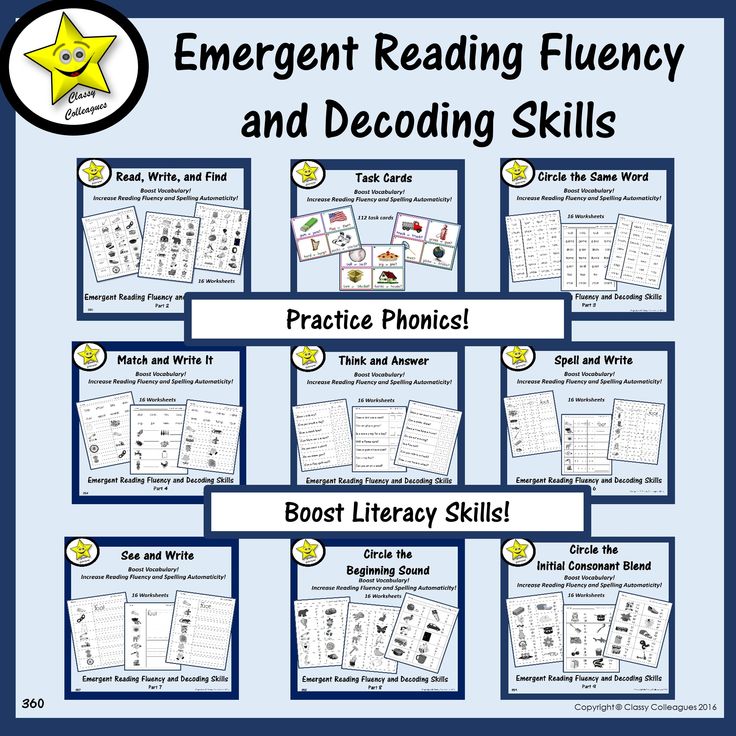 And the existence of relatively self-sufficient and / or functionally diverse social entities in demand in the aggregate ensures the reproduction and development of society. That is why without the "production" of the main emergent effects, a social, in particular, society, cannot exist. These effects are as follows:
And the existence of relatively self-sufficient and / or functionally diverse social entities in demand in the aggregate ensures the reproduction and development of society. That is why without the "production" of the main emergent effects, a social, in particular, society, cannot exist. These effects are as follows:
• connectedness/destructiveness;
• adaptability/disadaptation;
• non-additivity (synergy/syneresis).
Thus, the existence of social phenomena, and therefore society as a whole, is possible due to the "production" of the main emergent effects.
2. Additional emergent effects provide the presence in society of such properties (qualities) that complement, change, enhance or weaken, harmonize the properties created by the main emergent effects and, thereby, provide the necessary functional properties, states and optimal opportunities for existence social phenomena. nine0005
Any integrity has those properties (qualities) with which it is “endowed” by the emergent effects that formed them.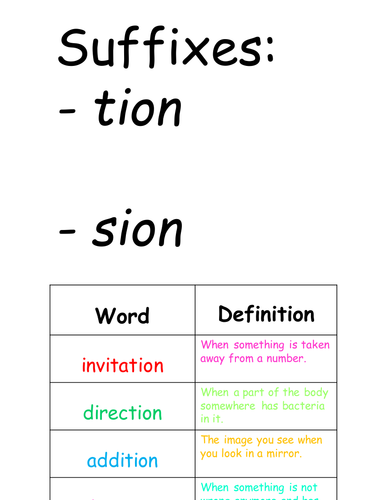 It is characterized by these properties (qualities). As a certain integrity, it is identified as such as long as its properties (qualities) are preserved that distinguish it from other integrity as a set of certain properties (qualities). In other words, any integrity of society differs from others in its properties (quality), which, in turn, are a manifestation of emergent effects. In the properties (qualities) of social phenomena, the latency of emergent effects reveals itself, i.e. they become obvious and can be identified. nine0005
It is characterized by these properties (qualities). As a certain integrity, it is identified as such as long as its properties (qualities) are preserved that distinguish it from other integrity as a set of certain properties (qualities). In other words, any integrity of society differs from others in its properties (quality), which, in turn, are a manifestation of emergent effects. In the properties (qualities) of social phenomena, the latency of emergent effects reveals itself, i.e. they become obvious and can be identified. nine0005
Among other major emergent effects, connectivity/destructiveness is functionally the primary emergent effect. This means that no social integrity (be it a social formation or a process) can appear and exist (real or virtual) without the “production” of the “connectedness” effect. And vice versa - "production" of the effect "destructiveness" leads to the destruction of integrity. It is the “connectedness” effect that forms the property that “pulls”, “gathers” the interacting parties into a situational or stable unity, which is usually called the term “integrity”. nine0005
nine0005
This or that phenomenon of society is defined as integrity precisely because it is a set of interacting parts, which in their unity have the property of emergence. Those. it is qualitatively different than the arithmetic sum of the properties of its constituent parts.
Therefore, the emergence of any integrity in society is possible only under the condition of "production" of the effect of coherence. It is the property generated by this effect - connectivity - that provides the initial possibility of the emergence and existence of any integrity as a phenomenon of society. If the emergent effect "connectivity" is not "produced", then there can be no integrity, since there is no property that unites separate parts into a unity that has emergence. Moreover, if the already existing integrity does not “produce” the effect of “connectivity” (and, for example, the effect of “destructiveness” does not “produce”), then it simply breaks up into separate independent elements as the potential of connectivity disappears. Those. the termination of the “production” of the effect of connectivity leads to the disappearance of the emergent property “connectivity” of the integrity, which, in turn, turns what was integrity into an additive (summative) set of elements independent of each other. It turns out that there was integrity and, as it were, “crumbled” into something qualitatively different than before. nine0005
Those. the termination of the “production” of the effect of connectivity leads to the disappearance of the emergent property “connectivity” of the integrity, which, in turn, turns what was integrity into an additive (summative) set of elements independent of each other. It turns out that there was integrity and, as it were, “crumbled” into something qualitatively different than before. nine0005
When using terms that "serve" the emergent effect "cohesiveness/destructiveness", first, one purely grammatical point should be taken into account. Often it is necessary to consider not the emergent effect as a whole, but either its manifestation in the form of coherence or destructiveness. And although the emergent effect is connectedness/destructiveness, the following spelling/pronunciation is grammatically convenient: the “connectedness” effect, the “destructiveness” effect. Therefore, in the further use of these terms, it will be borne in mind that the phrase “connectedness effect” means a manifestation of the connectedness of the emergent effect “connectedness/destructiveness”, and “destructiveness effect” means the manifestation of the destructiveness of the desired emergent effect. nine0005
nine0005
And secondly, it is necessary to distinguish between the real manifestation of what is denoted by the terms "destructiveness" and "incoherence". The “production” of the “destructiveness” effect means that the interaction of the parties generates in an already existing unity (regardless of whether it is long-term or situational, existing only at the moment of the given interaction of the parties) the emergent property “destructiveness”. This, in turn, leads to a weakening and/or deformation of interactions in the integrity, which leads to its weakening, “splitting”, up to destruction and disappearance in this capacity. Those. The “production” of the “destructiveness” effect indicates the activity of the interacting parties, the presence of efforts (consciously or unconsciously) leading to weakening, deformation, rupture of interactions in integrity up to its destruction. nine0005
The term "incoherence" means the absence of "producing" an effect of both coherence and destructiveness. This means: either the termination of the interaction between the parties (if it was), or the absence of real interaction between the phenomena. If there is some phenomenon perceived as a unity, in relation to which the fact of incoherence can be asserted, then this is a certain set of separate independent elements that are not interconnected, which look like a unity only externally, but not in reality. In mathematics, such a set of really independent elements (even if they outwardly look like a whole) is called a summative (additive) set. If the integrity ceases to “produce” the effect of cohesion and does not “produce” the effect of destructiveness, then it, losing the potential of coherence, simply ceases to exist as an integrity with its inherent properties, and becomes a conglomerate of separate elements independent of each other. It cannot even be called destruction (force is applied there), but it is precisely the disintegration of the integrity into independent elements due to the absence of forces that “tighten” them.
This means: either the termination of the interaction between the parties (if it was), or the absence of real interaction between the phenomena. If there is some phenomenon perceived as a unity, in relation to which the fact of incoherence can be asserted, then this is a certain set of separate independent elements that are not interconnected, which look like a unity only externally, but not in reality. In mathematics, such a set of really independent elements (even if they outwardly look like a whole) is called a summative (additive) set. If the integrity ceases to “produce” the effect of cohesion and does not “produce” the effect of destructiveness, then it, losing the potential of coherence, simply ceases to exist as an integrity with its inherent properties, and becomes a conglomerate of separate elements independent of each other. It cannot even be called destruction (force is applied there), but it is precisely the disintegration of the integrity into independent elements due to the absence of forces that “tighten” them.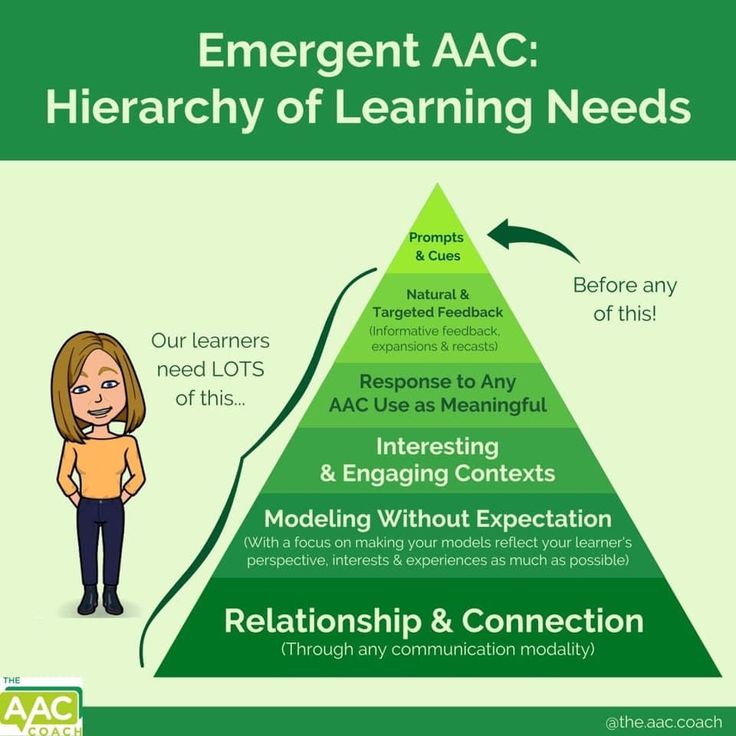 nine0005
nine0005
Situationally, between the predominant "production" of the effect of either coherence or destructiveness, there is that practically imperceptible line when they can formally be equal to each other. Based on everyday practice, such a situation can actually be recorded only speculatively. In reality, the interaction of the parties of a certain integrity can be carried out in such a mode, when the "production" of predominantly the effect of cohesion, then destructiveness will alternately be replaced by one another, "pulsing" around this conditional "zero" equilibrium state. If the “corridor” of the transition from one mode of “production” of connectedness/destructiveness is sufficiently “narrow”, and the rhythm of oscillations around this “zero” equilibrium state is sufficiently frequent, then in reality this “corridor” can be perceived by the observer as such a state of integrity, in which "production" of the effect of coherence and destructiveness balance each other. Those.